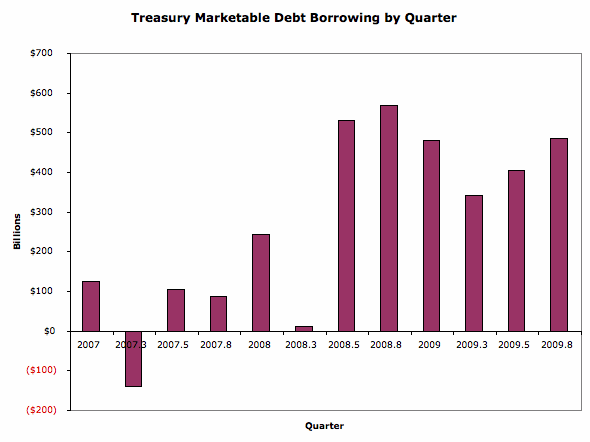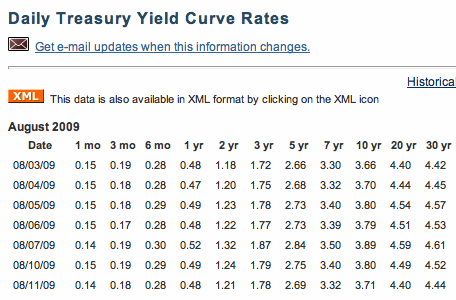Megan McArdle directs the world to this piece in the FT. From the FT article:
The European Commission said on Tuesday it would endorse Athens’ plan to bring back under control the public sector deficit, which last year reached almost 13 per cent of gross domestic product.
…
Under a three-year plan, the Greek government seeks to cut the national budget deficit to less than 3 per cent of GDP by the end of 2012.
and:
In response to criticism that earlier plans had not included sufficient spending cuts, Mr Papandreou also announced an across-the-board freeze in public sector wages which, together with cuts in allowances, would reduce the public sector wage bill by 4 per cent. The government has also pledged to raise the retirement age.
If the Greek government can achieve this without massive, nation-wide strikes, I’ll be terrifically impressed. Megan’s comments:
Everyone is expressing optimism. But while this sort of belt-tightening is necessary for Greece to stay in the EU, it’s going to come at a huge cost. Greece is already in recession–that’s why its budget problems loom so large–and the fiscal contraction will only make them deeper. Meanwhile, the EU will be setting its interest rates to meet the needs of larger, healthier members (and inflation-hawk bondholders). Tight fiscal and monetary policy means a long, painful period ahead for the Greeks.
This is the dilemma that faced Argentina with its monetary peg to the dollar; ultimately, it led to devaluation and default. We will see if Greece can whether [sic] it better.
I don’t think that this sort of belt-tightening is strictly necessary in the near term. Germany will, again, fund a bail-out if it really comes down to it because, if nothing else, the loss to Germany of a member of the EU dropping the currency is greater than the loss to Germany of paying for Greece’s debt.
It’s clearly necessary in the long term that Greece get it’s fiscal house in order, but since they’re in such a severe recession, this isn’t really the time to do it (financial market pressure aside). This is, in essence, the same debate that is gripping America, although there the pressure to address the deficit is coming from a successful political strategy of the opposition rather than, much as that same opposition might like, pressure from the markets.
Ultimately, what the EU needs is individual states to be long-term fiscally stable and to have pan-Europe automatic stabilisers so that areas with low unemployment essentially subsidise those with high unemployment. Ideally it would avoid straight inter-government transfers and instead take the form of either encouraging businesses to locate themselves in the areas with high unemployment, or encouraging individuals to move to areas of low unemployment. The latter is difficult in Europe with it’s multitude of languages, but not impossible.
In a perfect world where all regions of the EU currency zone were equally developed, this would simply replace the EU development grants. But this isn’t a perfectly world …


